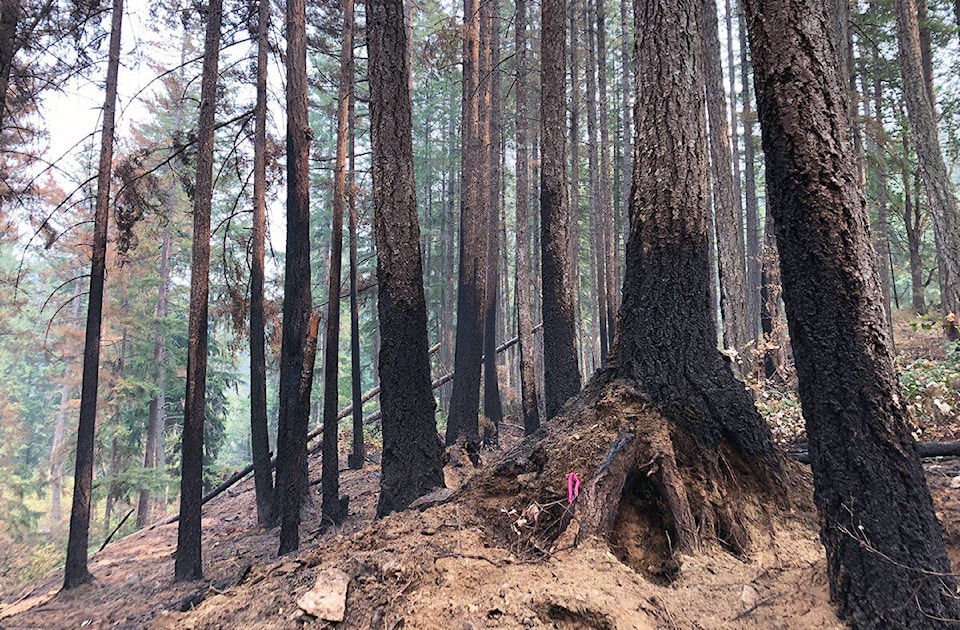We’ve been lucky in the Cowichan Valley over the last several years; we’ve largely escaped wildfire season unscathed.
The last major wildfire in the area close to any kind of population centre was on Maple Mountain just outside Crofton in 2018. Firefighters did an exemplary job and nobody lost their home.
As we watched news from Halifax, N.S. last week where wildfires burned out of control for days through outlying suburbs, and thousands were forced to flee their homes on roadways bordered by flames and blinded by smoke, it makes one wonder: what would you take with you?
In cases like Halifax, people had just minutes to grab and go.
So while we all hope we will not ever face the same fate, it makes sense to have a plan.
Writing down your plan can help solidify it in your own mind, and can be useful so the whole family is on the same page. It can also prompt you to make sure you know where the things you need to take are located, and that you can get to them easily and quickly if you had to. When the adrenaline is pumping and the clock is ticking, it’s easier to check things off a list than try to make one.
Some things are easy, like grabbing the kids or your elderly parents, along with the pets. You’re unlikely to forget your flesh and blood loved ones (though remembering things like cages for the pets and leashes etc. should be written down).
Other things often recommended by preparedness groups include medication, your phone, your computer (particularly if it’s portable), wallet/purse, keys, and important documents like your birth certificate, social insurance card, and passport, which you might not carry on a regular basis. If you have time a couple of changes of practical clothes are a good idea, including shoes and jackets. Then there are the sentimental items that may not be replaceable. If you have family photos, for example, or artwork, or other memorabilia, it helps to think about how you will pack them up and what will make the cut.
It’s also useful to have a spot picked out and communicated to everyone in the family in case you get separated. You can all know to meet there. It can help to have a contact person who lives in another area that can be used as a central hub to keep everyone in touch. Try to decide how you’re going to communicate — are you going to text? Call? Use social media?
Nobody wants to think a wildfire is going to wipe out their home. But it pays to be prepared for the worst, and it will likely only take you a few minutes.
